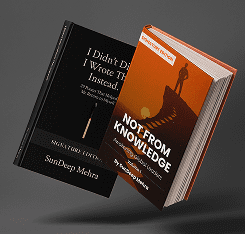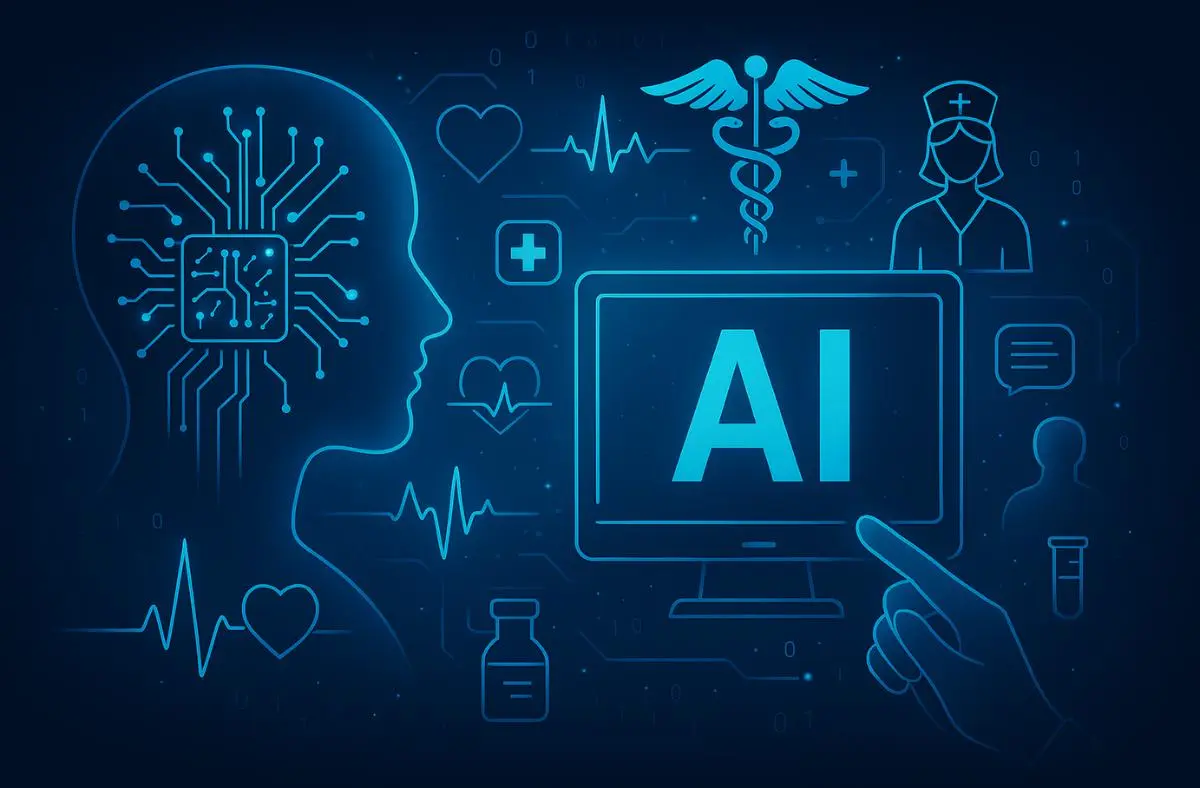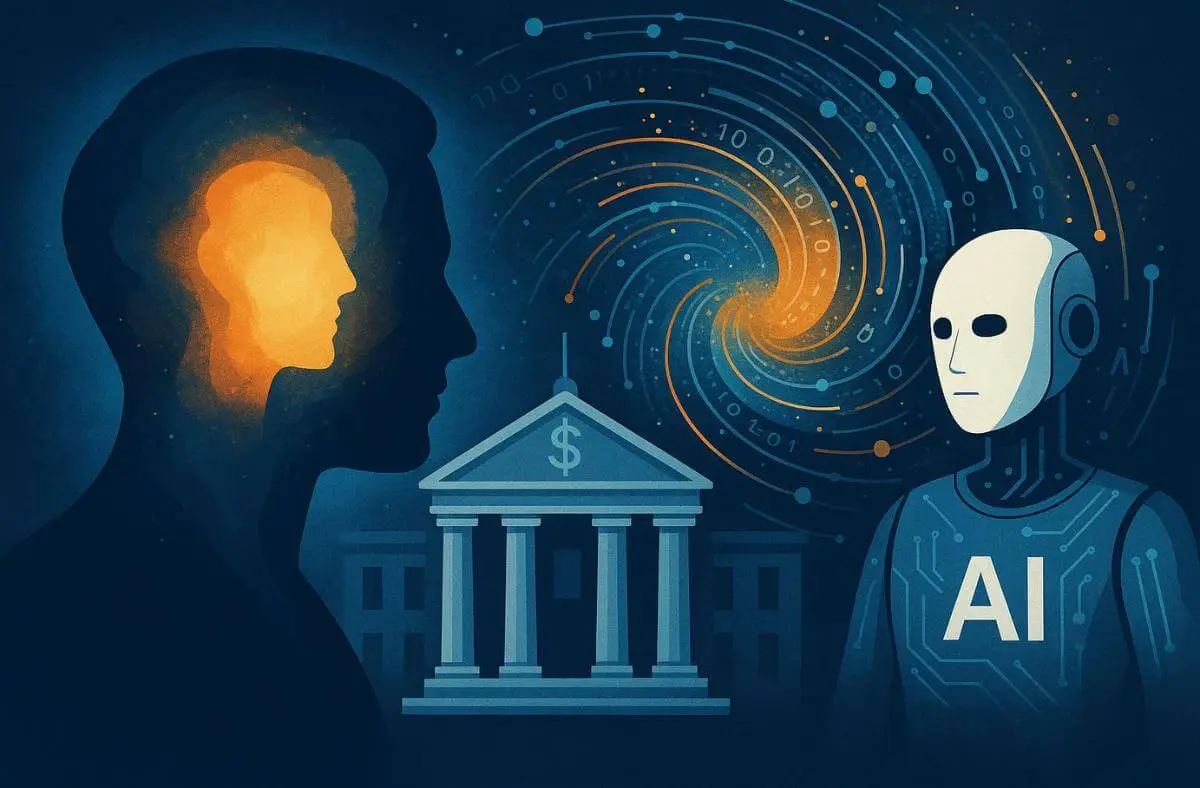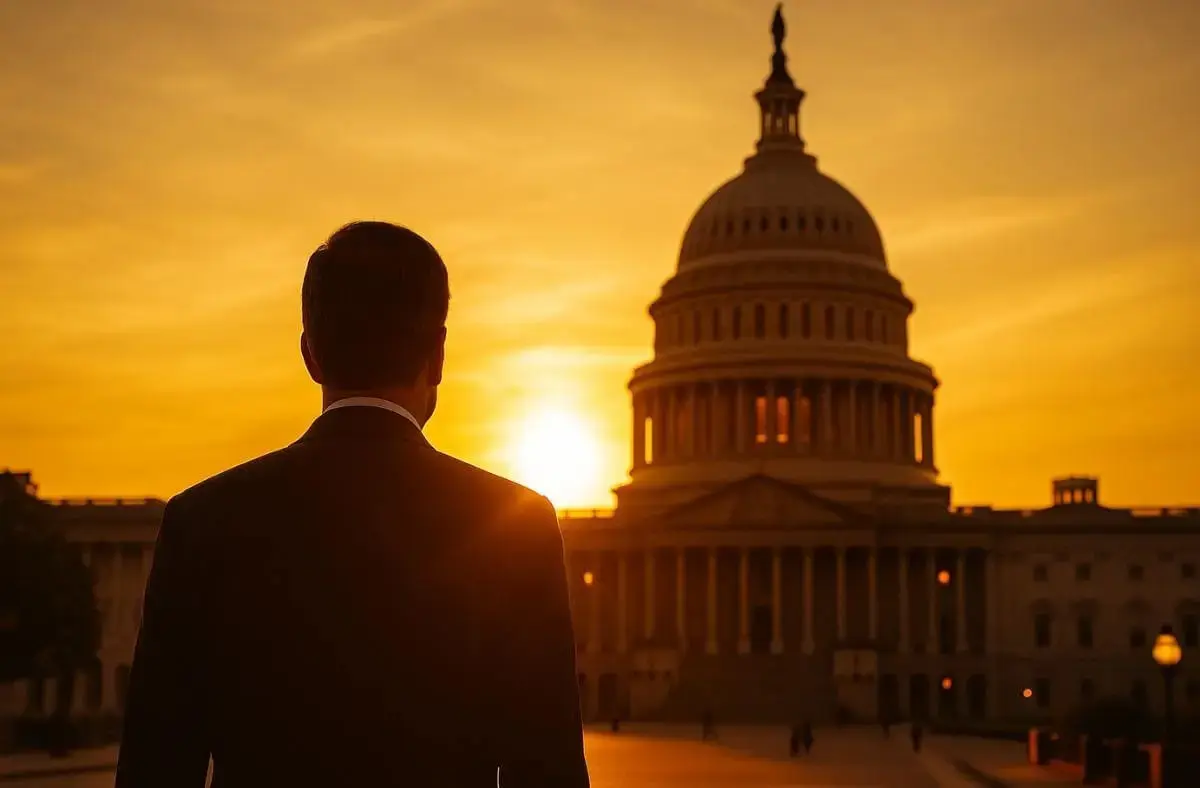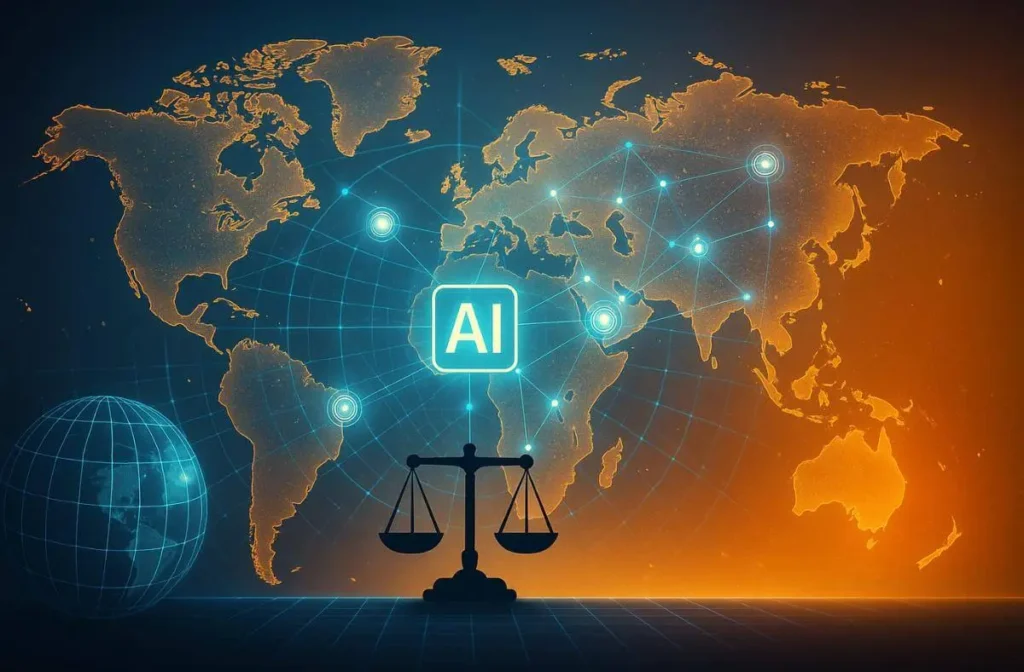
The Global AI Regulatory Landscape, a 2025 Snapshot
The Global AI Regulatory Landscape, a 2025 Snapshot, reveals a world both racing and stumbling toward control. More precisely, the world did not prepare for artificial intelligence regulation. It arrived in the shadow of the pandemic, at a time when nations were still counting losses, never imagining that an intelligence of such disruptive scale was already being born. In just two years, it has reshaped economies, power structures, and human imagination at a pace no institution was ready to govern.
By 2025, governments are scrambling. The EU AI Act, the first comprehensive legal AI governance framework, has entered into force, banning and monitoring unacceptable risks and high-risk practices, safeguarding fundamental rights, and fostering human-centric AI while strengthening investment and innovation across the EU.
In the United States, there is still no federal AI law. Instead, AI regulation has fragmented into state efforts, 45 states considered nearly 700 AI bills in 2024, only about 20% of which became law, and in 2025 attention has already turned to more than 1,000 new state bills seeking to govern the surging technology.
China has tightened its grip, requiring content labelling for AI outputs from September 1, 2025, a rule set by the Cyberspace Administration of China (CAC) to clearly distinguish AI-generated material from human-created content.
In the United Kingdom, regulation remains uncertain. A Private Member’s AI Bill lacks government backing, while the official AI Opportunity Action Plan published in July 2025 prioritizes innovation, investment, and talent, a signal that the UK favors growth over binding regulation.”
These moves show urgency, but urgency without clarity is dangerous, especially when the creators of disruption themselves are not fully aware of the scope of outcomes. AI ethics and governance are no longer just about control; they have become a test of whether leadership can awaken to responsibility before innovation outruns human intention.
Mainstream View (Conventional Perspective)
Governments today behave as if they would rather stay behind the curtains than speak with clarity. In public, their language feels cautious, shallow, or even indifferent, as if AI’s disruptive scale has not yet reached their imagination.
Beneath this hesitation lies something deeper: a lack of knowledge, courage, and authenticity. Many leaders act as though they know nothing about AI, no real research, no planning, no strategy for what it means to education, work, or governance. They hide this emptiness behind occasional slogans: promising to make their nation “AI-first” or urging youth to “embrace AI,” while leaving the substance to others.
And they conceal what they fear most, rising job losses, structural unemployment, and social disruption, because admitting these truths would expose how unprepared their systems already are. In reality, governments are not leading the AI conversation; they are avoiding it, hoping the noise will pass without igniting deeper chaos.
Moreover, the ones who do speak rarely hold decisive power, and when they do, their words are wrapped more in hype than in honesty. Think tanks and industry voices amplify this by glorifying AI as a legacy project, producing glossy reports, promotional showcases, and celebratory podcasts, while avoiding the uncomfortable truth: even the creators of disruption do not have full control over what they have built.
The irony is stark: in a moment of transformation, those most responsible for guiding humanity forward speak with the least conviction.
The Narrow Checklist of AI Governance Frameworks
And yet, the mainstream AI governance frameworks all seem to converge around the same narrow checklist:
- Demanding transparency in algorithms, even when most leaders cannot explain the systems themselves.
- Calling for bias audits and fairness checks as if social fractures can be solved by technical scoring.
- Promising human oversight while rarely defining who the human is, or what oversight truly means.
- Stressing accountability without resolving how liability will be assigned when AI decisions ripple across borders.
This is what AI ethics and governance has come to mean in conventional language: technical fixes, legal disclaimers, and public performances. A surface of responsibility, without the depth of clarity.
The Gap (Blind Spots)
Beneath the mainstream AI governance frameworks lies a deeper failure. When the priority is to save one’s seat, please the oligarchy, and maintain the illusion of progress, truth is the first casualty. Leaders speak of becoming “AI-first nations” or “innovation hubs,” but rarely of human values, purpose, or the systemic impact of what they unleash.
In the very countries producing and consuming AI at scale, silence on the risks is deafening. If those at the center are unwilling to confront the truth, what hope remains for the rural, the marginalized, or the nations still on the periphery of technology?
This blindness runs deeper than ignorance. It is deliberate avoidance. Rising job losses, education gaps, and systemic inequality are hidden because to admit them would ignite chaos. Governance retreats into slogans while tech industries push ahead without pause, scaling AI with no reverse gear. There is no kill switch, no fallback, only the pursuit of profit and power. In this rush, the values of governance itself — courage, authenticity, responsibility — are abandoned.
These blind spots reveal why The Global AI Regulatory Landscape, a 2025 Snapshot is incomplete without awakening, laws and frameworks on paper are multiplying, but they fail to address the core human crisis underneath.
Fragmented AI Governance and the Illusion of Ethics
Critics have already noted the fractures: AI governance today is fragmented, transactional, and rarely purposeful. Over a hundred governance models exist on paper, but few hold real weight in practice. Most tools are designed for developers and back-end teams, leaving leadership, communities, and end users excluded. Accountability is absent, replaced by symbolic gestures: watermarking schemes, bias audits, and compliance paperwork that tick boxes without protecting people.
Too often, what gets presented under the banner of AI ethics and governance amounts to optics, glossy principles without teeth, offering the appearance of responsibility without real accountability.
The result is a hollow theater. Governments and corporations alike are busy building products, not serving people. That is the benchmark failure of AI governance as it stands today: systems without soul, responsibility without sincerity, and leadership without awakening.
“Awakened AI Governance is not an idea — it is the movement restoring purpose to power.“
The Awakened Lens
If mainstream frameworks reduce governance to compliance checklists and disclaimers, Awakened AI Governance restores the human to the center of the equation. Technology now evolves at a speed beyond human comprehension, and the task is not to outsmart what we create, it is to awaken to why we create it at all.
Awakened AI Governance begins where conventional models end. It does not stop at regulation or reactive control; it calls for a deeper responsibility, the responsibility to ask, to remember, to hold values at the core of every choice. It demands that every disruption becomes a mirror for human growth, that every application of intelligence extends human clarity, expands human potential, and safeguards human dignity.
From the line of code to the law of the land, from the enterprise decision to the citizen’s daily use, each layer of AI’s journey must leave humanity stronger, clearer, and more secure in its future.
This is what sets the Awakened AI Governance framework apart. Where conventional systems restrict, it brings clarity. Where policies struggle to contain, it reorients toward purpose. With awakening and awakened leadership, AI evolves from serving the interests of a few to securing the future of all.
The Call of Awakening
Awakened AI Governance is not a philosophical luxury; it is the decisive foundation for every nation, enterprise, and institution that seeks to survive the decade ahead. Governments cannot afford to legislate after collapse, they must legislate with foresight. Enterprises cannot afford to innovate only for profit, they must innovate with responsibility. Global institutions cannot afford to remain divided by politics, they must unify around principles that place awakening before autonomy, human dignity before machine expansion.
Practical Pathways for Awakened AI Governance
Practical application begins with a shift of orientation:
- For Governments: Policies must be written not just as legal safeguards but as living commitments to truth, human dignity, and resilience, ensuring that AI ethics and governance are lived, not just declared.
- For Enterprises: AI systems must be designed not only for efficiency but for alignment with the ethical pulse of society. Profit without purpose is collapse disguised as growth.
- For Global Institutions: Collaboration must move beyond summits and declarations into AI governance frameworks of shared responsibility, binding nations to values higher than self-interest.
The call is not to regulate AI as an external force but to recognize that every system we build is a mirror of the clarity or confusion within us. AI governance becomes awakened only when those shaping it awaken themselves.
Closing: The Awakening Forward
2025 is not just another regulatory cycle. It is the turning point between a future enslaved to machine-driven drift and a future where intelligence — human and artificial — evolves with clarity, dignity, and awakening.
This is the truth: without awakening, governance collapses. Without awakening, AI devours what it was meant to serve. In fact, The Global AI Regulatory Landscape, a 2025 Snapshot itself shows us that rules alone are not enough without awakening, even the strongest frameworks will fracture.
Awakened AI Governance is not an option for tomorrow. It is the only foundation strong enough to carry the weight of the future we are already stepping into. The question is not whether we are ready for AI. The question is whether we are ready for ourselves.
“This is the work I carry into governments, enterprises, and institutions — Awakened AI Governance, Awakened Leadership, and the movement to restore purpose to power.”

